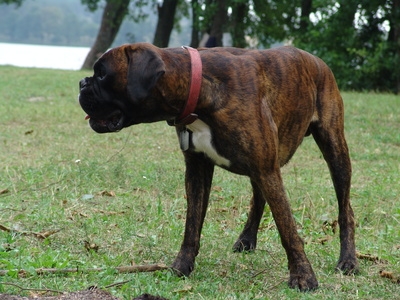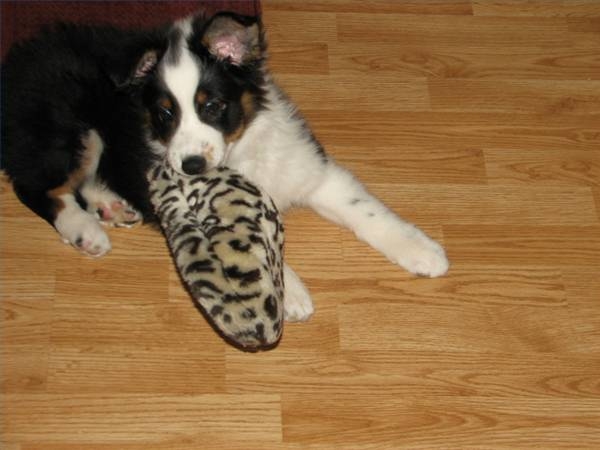
What Training Methods Work Best on Dogs?. Over the years, the introduction of different dog training methods has left many confused about the best way to train their dogs. From corrections with choke chains and dominance theory to clicker training, dog-training methods aim to control dogs and teach them the difference between right and wrong. It is a good idea to take the dog's personality into consideration before choosing a training method, as sensitive dogs do not react well to traditional training methods, and more stubborn dogs may not do well with positive reinforcement.

Positive reinforcement dog training works by rewarding the dog for good behavior and redirecting bad behavior, according to The Humane Society. Rewards consist of food treats, a favorite toy or some attention, depending on the dog's preferences. Timing is important in positive reinforcement, and the reward must occur seconds after the behavior or the dog will not understand why it got the reward. A clicker helps mark the exact timing of the behavior and must be followed with a treat. Positive reinforcement training also allows owners to shape dog behavior, and since it taps into the dog's natural desire to please, dogs often start modeling good behaviors in the hopes of getting a click and treat.
Traditional dog training methods use corrections rather than rewards to teach a dog the difference between right and wrong. This method models how mother dogs correct their puppies for bad behavior. Some examples of corrections are leash pops, verbal corrections (such as "no") and physical corrections, says dog trainer Ed Frawley on Leerburg.com. The idea is that the dog obeys its owners command to avoid a correction. Traditional trainers use tools such as prong collars and electric collars to emphasize their corrections.
This method of dog training uses wolf pack behavior as a way to explain dog pack behavior. Wolves live in a social hierarchy and have a dominant leader, or "Alpha." Dominance-based trainers believe that domestic dogs act in the same way, and that humans become part of the dog's pack. Dogs that believe they are the Alpha refuse to obey their owners and often become aggressive, according to dog trainer Cesar Millan. Owners can assert dominance by refusing to allow bad behavior, making the dog walk next to or behind them and eating before the dog eats.
 Puppy Toilet Training Tips
Puppy Toilet Training Tips
Puppy Toile
Puppy Toilet Training Tips
Puppy Toilet Training Tips
Puppy Toile
 How To Contain And Train Dogs Using Electronic Dog Fence
Keeping and training dogs to stay within your vicinity and
How To Contain And Train Dogs Using Electronic Dog Fence
Keeping and training dogs to stay within your vicinity and
 How to Train Kittens to Use the Litter Box
How to Train Kittens to Use the Litter Box
How to Train Kittens to Use the Litter Box
How to Train Kittens to Use the Litter Box
 Puggle Training Tips
Puggle Training Tips
Puggle Training T
Puggle Training Tips
Puggle Training Tips
Puggle Training T
 How to Potty Train Puppy on a Puppy Pad
How to Potty Train Puppy on a Puppy Pad
How to Potty Train Puppy on a Puppy Pad
How to Potty Train Puppy on a Puppy Pad
Copyright © 2005-2016 Pet Information All Rights Reserved
Contact us: www162date@outlook.com